VSimulators at the University of Bath was finalised in October 2019. This new generation simulator consists of an environmental chamber on a hydraulic based moving platform, that Antycip equipped with a virtual reality projection base solution.
APPLICATIONS
The VSimulators at Bath University is designed primarily as a research tool to conduct experiments with real humans in the loop. It is already being used to immerse people in a range of lifelike environments, in order to study their reactions to different structures, including swaying skyscrapers and bridges.
Research teams have already identified over 50 potential applications for the facility, including immersive VR game development, physical rehabilitation and driverless vehicle design, bringing together varied industry and academic sectors.
The space can be realistically configured as an office, apartment, hotel room or hospital ward, giving the researchers the ability to create convincing ‘mixed reality’ simulations.




















